Projet dirigé par Levi Hammett de l'université Virginia Commonwealth University's Arts of Qatar
Partie 2 de l'article consacré à l'OVNI-M dans le magazine allemand « STERNZEIT »
Suite à notre publication de la semaine dernière, le deuxième article consacré à l'OVNI-M dans le magazine d'astronomie allemand « STERNZEIT » a été publié il y a quelques semaines dans le numéro 2/2023 : http://www.sternzeit-online.de/.../ein-neuer-himmel.../...
Un extrait de l'article traduit de l'allemand vers l'anglais est disponible ci-dessous :
« Besides the possibilities of observations with small focal length explained in part 1, I would like to describe in the second part of the article my experiences with the use of the night vision device at different larger telescopes. Basically one has several possibilities to observe with a OVNI-M at a telescope.
The most uncomplicated variant is the afocal observation, where the observer simply holds the night vision device behind an eyepiece or mounts it with an adapter. This technique is possible with almost all available devices and for those without a detachable lens it is the only one. The eyepiece focal length determines the magnification or light intensity and by using very long focal length eyepieces one can observe well even on telescopes with a large focal ratio. Thus, on an f/8 instrument with a 55mm eyepiece and the 26mm lens of the OVNI-M, the corresponding focal luminosity is halved to about f/4. However, a big disadvantage is the large and heavy structure of this adaptation - especially on telescopes with not so stable eyepiece extensions. In addition, there is also the increased risk of stray light between eyepiece and OVNI-M objective.
The OVNI-M offers the possibility of direct adaptation without objective. For this, a 1.25" adapter is mounted, which is supplied with the instrument. This mounting is short, very stable and without the danger of lateral stray light. The focal length or speed is defined by the aperture ratio of the telescope itself and can still be adjusted by using reducers or barlow lenses. After some tests I decided for this variant, because we have fast club telescopes at our disposal and especially for the public sky observation, which is important for us, a fast and stable adaptation is possible. If necessary, the night vision device is simply clamped into the focuser instead of an eyepiece. The focusing is done for all observers at the same time at the eyepiece extension and individually with the diopter adjustment at the OVNI-M. The use of glasses is possible without any problems.
As with wide-angle observation, telescopic use of the OVNI-M can be viewed with or without a filter. If a filter is used, it can be screwed directly to the 1.25" adapter. Basically one has to distinguish between observations without filter, with broadband filter and with narrowband filter.
For the observation without filter are especially bright deep sky objects like globular clusters or planetary nebulae, stellar objects like the outer planets and their moons, asteroids or supernovae very well suited. The object size must of course fit the focal length of the telescope. We mostly use a 24" f/3.8 GoTo Dobson telescope with about 2280mm focal length (incl. corrector). For galaxies, however, there are limitations due to the low sensitivity of the OVNI-M in the short wavelength region of the visible spectrum. So area faint galaxies with high blue content are hardly or not at all visible, because the background brightness of the sky is also amplified over the complete sensitivity range of the OVNI-M. However, brighter galaxies such as those in edge positions or with bright cores can be seen very well. What I personally find to be a great advantage for public observing is that you do not have to be dark-adapted, nor are you forced to use the indirect observation technique. The completely inexperienced observatory visitor has larger problems with it according to experience. For the experienced observer, not using indirect observation often results in an improvement in perceived image sharpness. Small details, which can at best be guessed at with indirect observation, are better recognizable with direct acquisition in the OVNI-M. This applies to structures in galaxies such as dark bands or knots, the moons of Neptune or Uranus, stars in faint globular clusters, or the detection of central stars in planetary nebulae. For example, on a 600mm Dobsonian with the OVNI-M in the Ring Nebula M57 one can almost always detect 2 stars reliably in the nebula (Fig. 1), while without the OVNI-M one already has great difficulties with the central star. »
Thank you to its author Martin Fiedler.
Suivez toutes nos publications hebdomadaires sur Facebook : www.facebook.com/OVNINightVision
Rejoignez le groupe officiel « OVNI Night Vision Astronomy - Users Group » : www.facebook.com/groups/ovninightvision
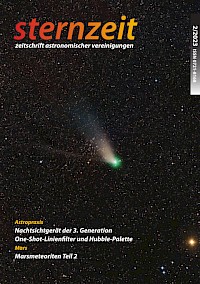


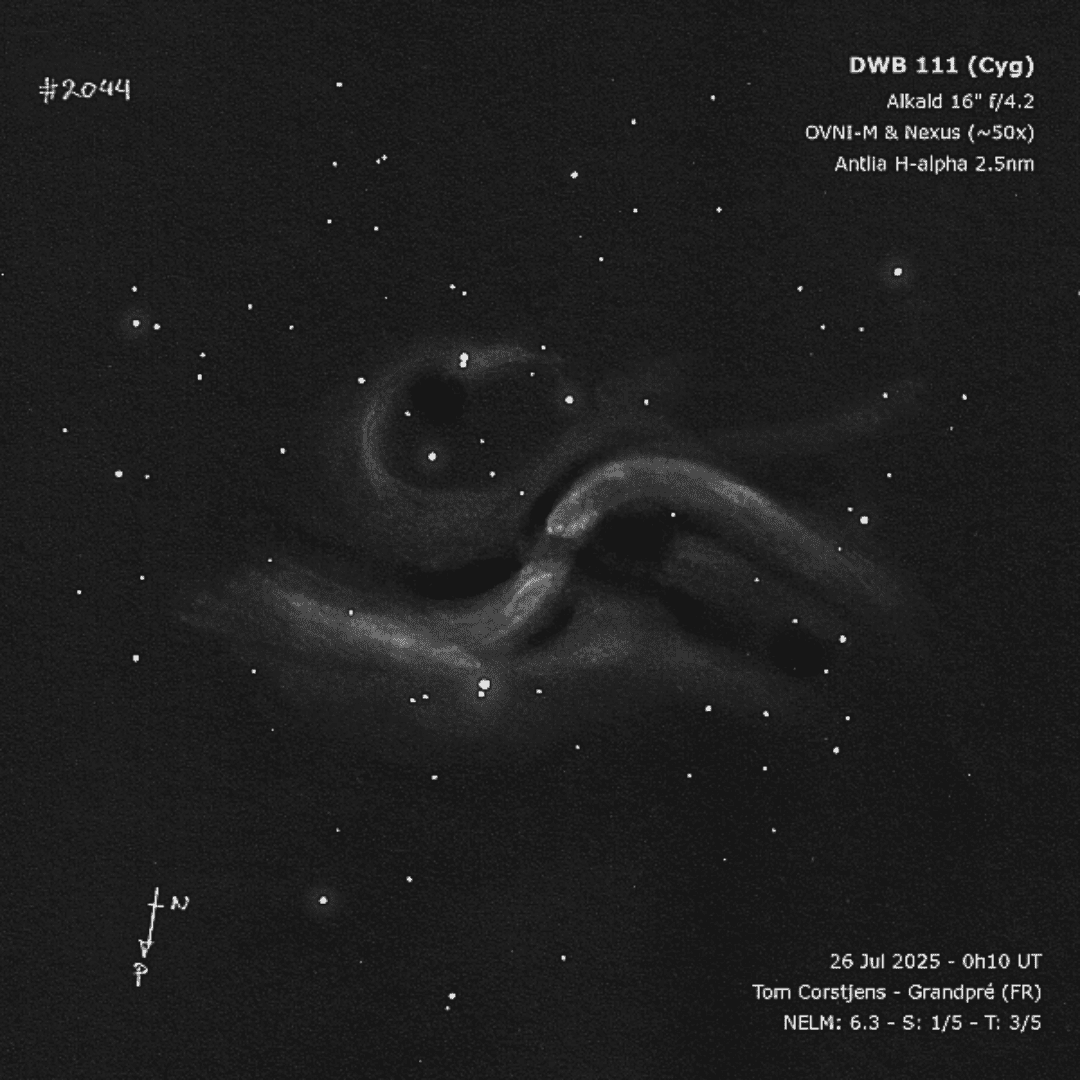


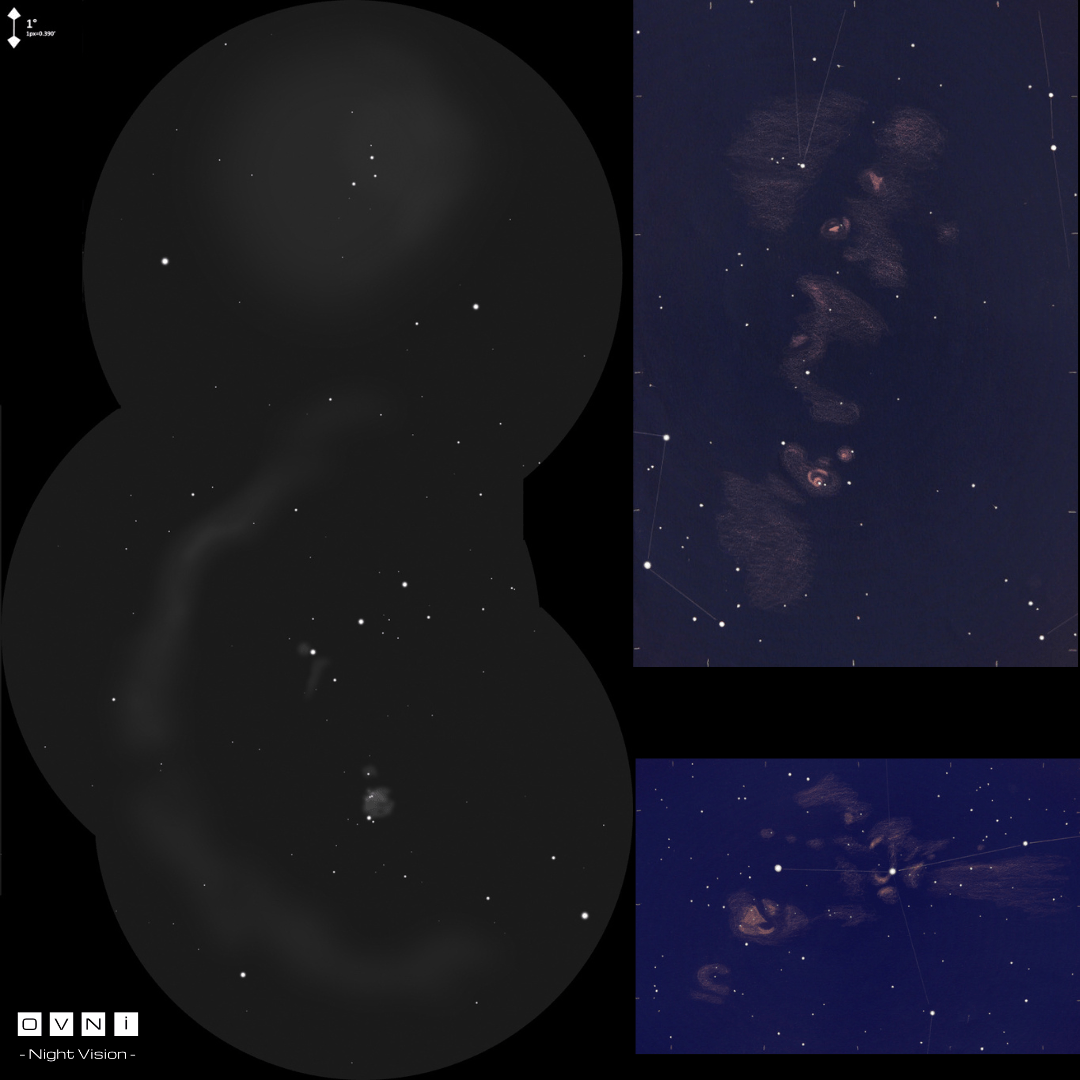
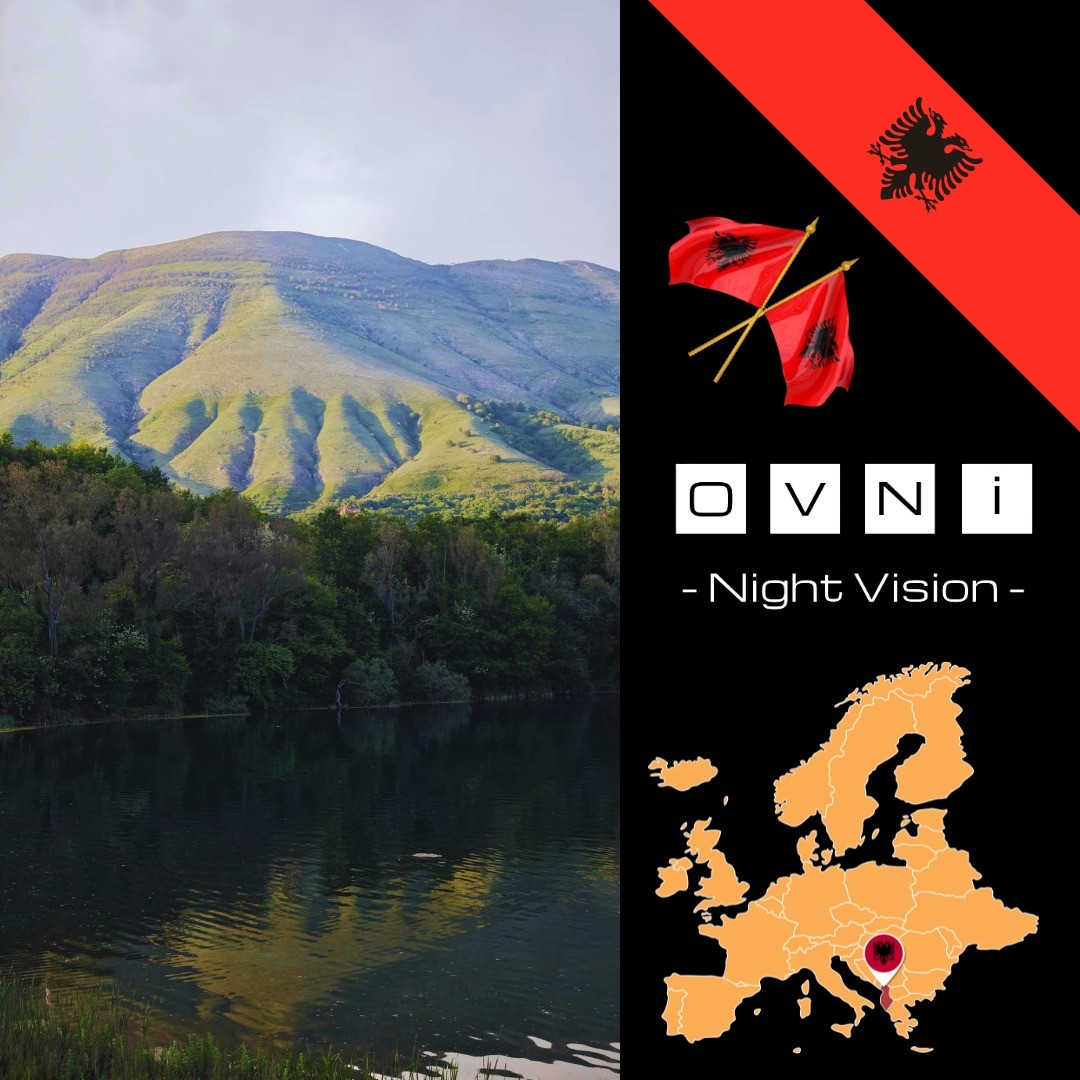
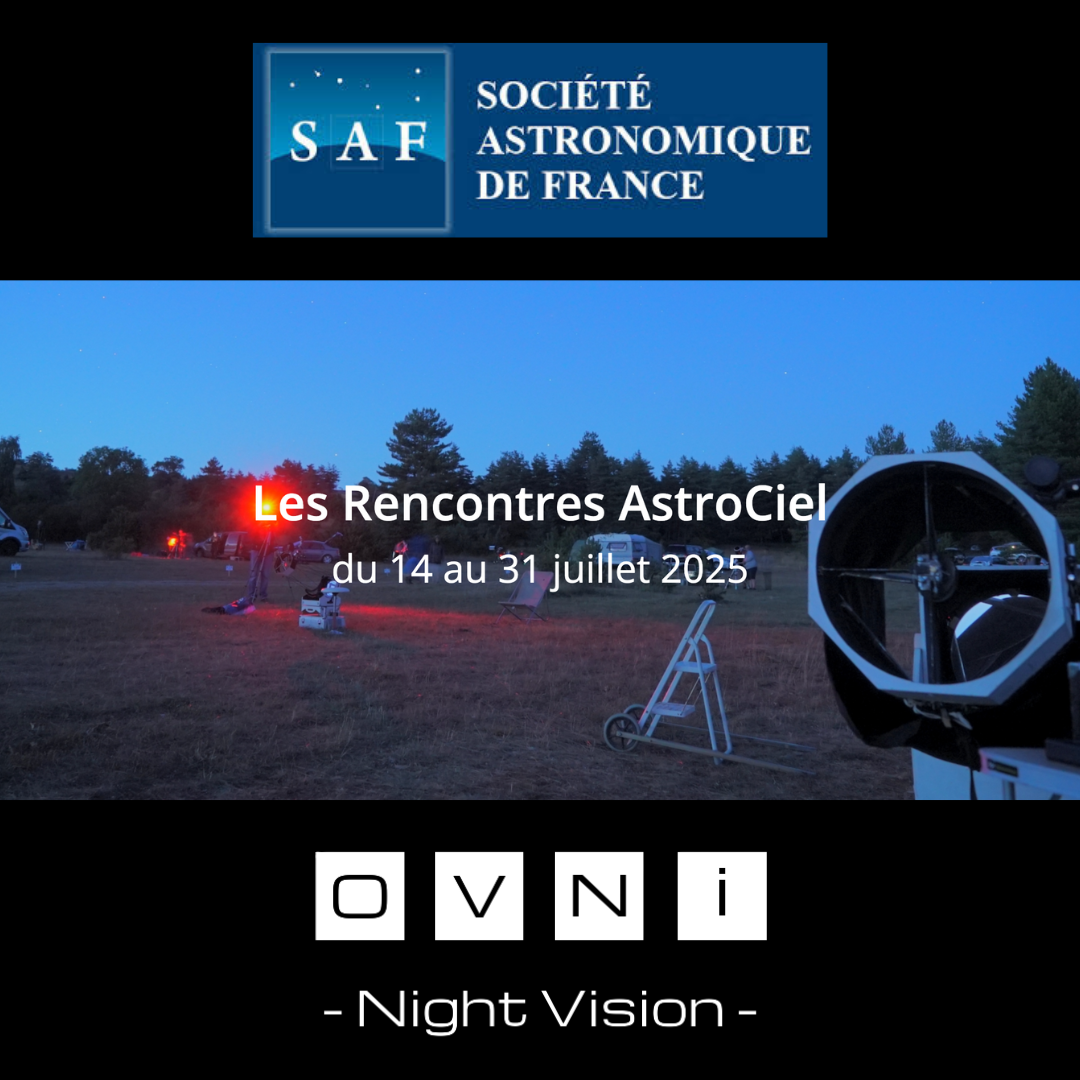
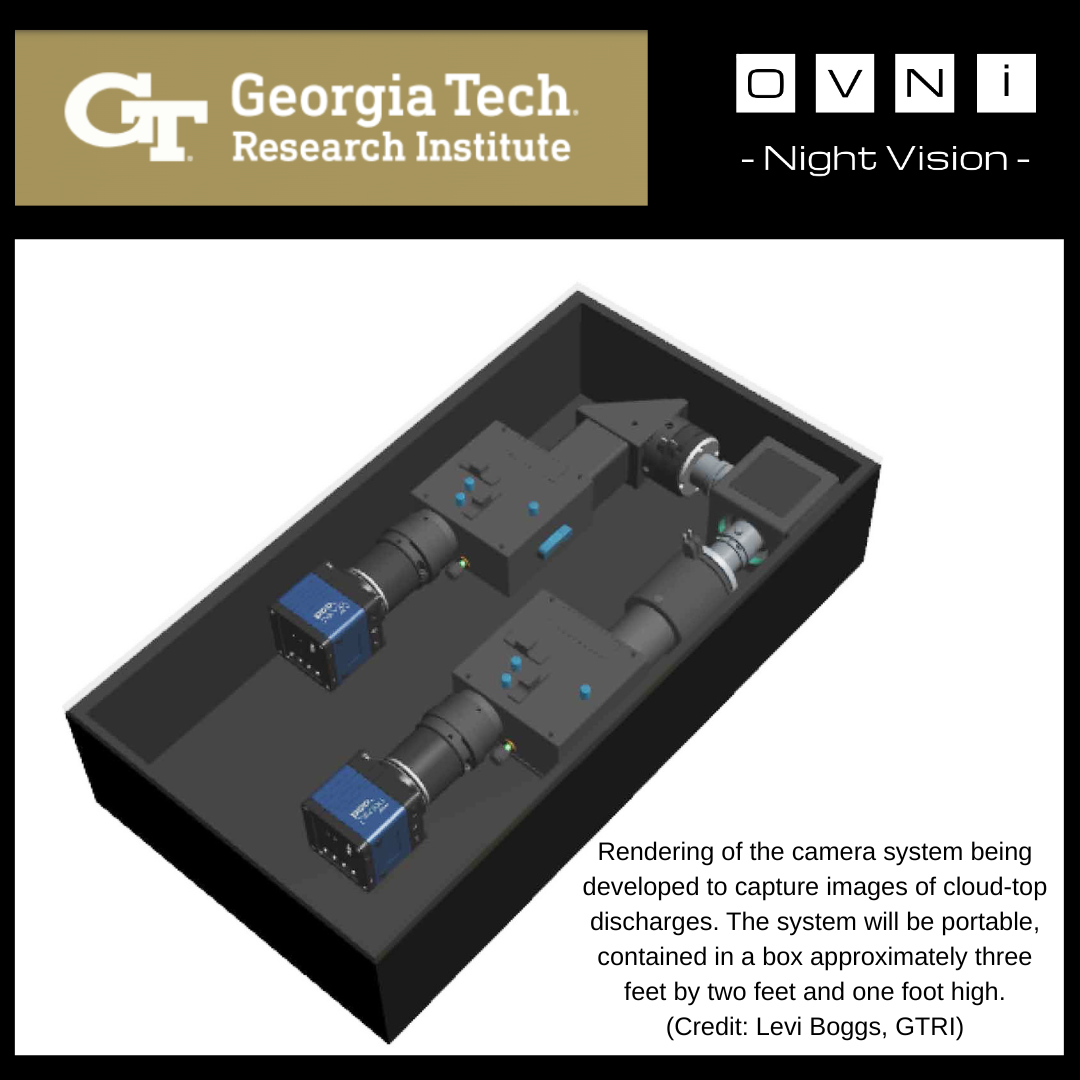
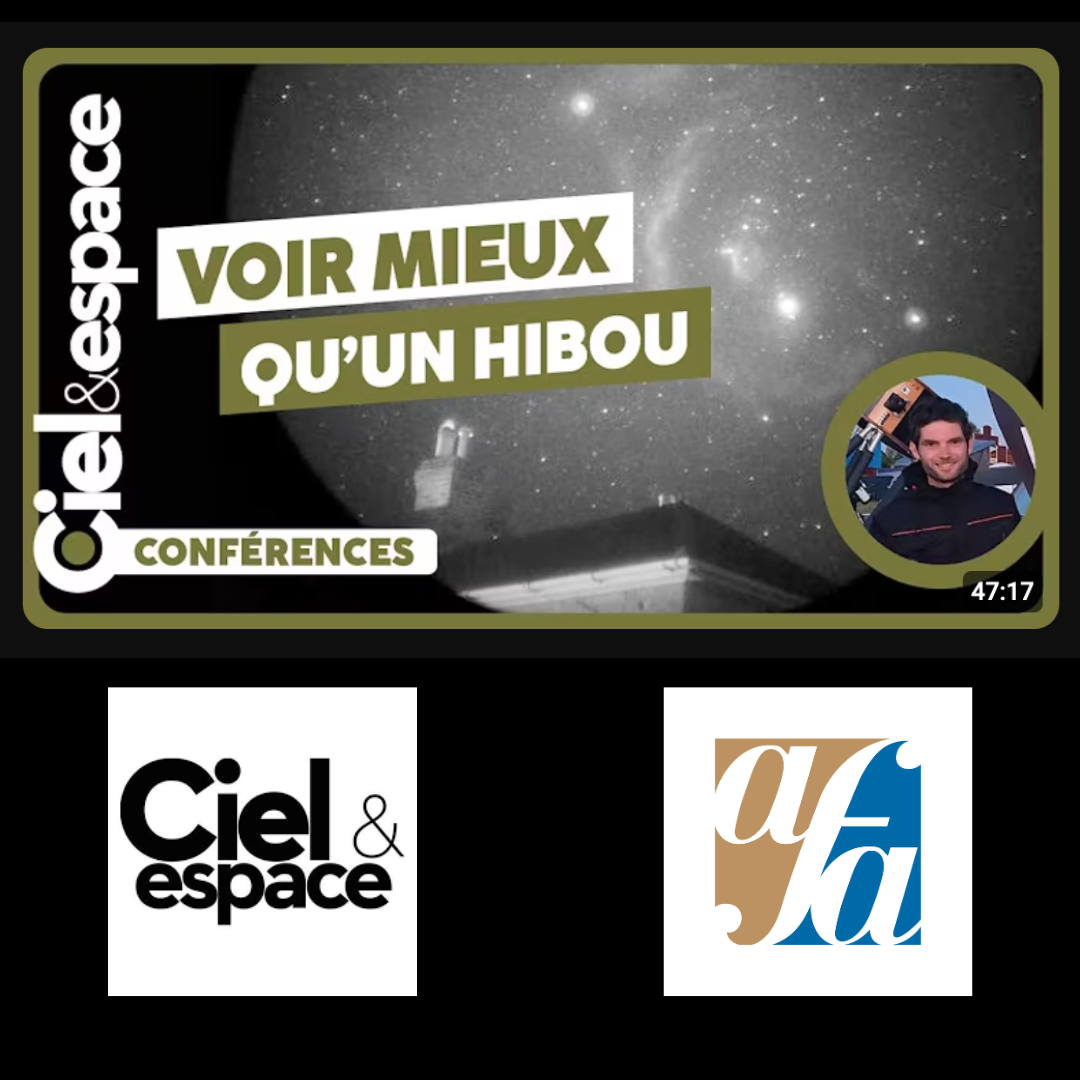
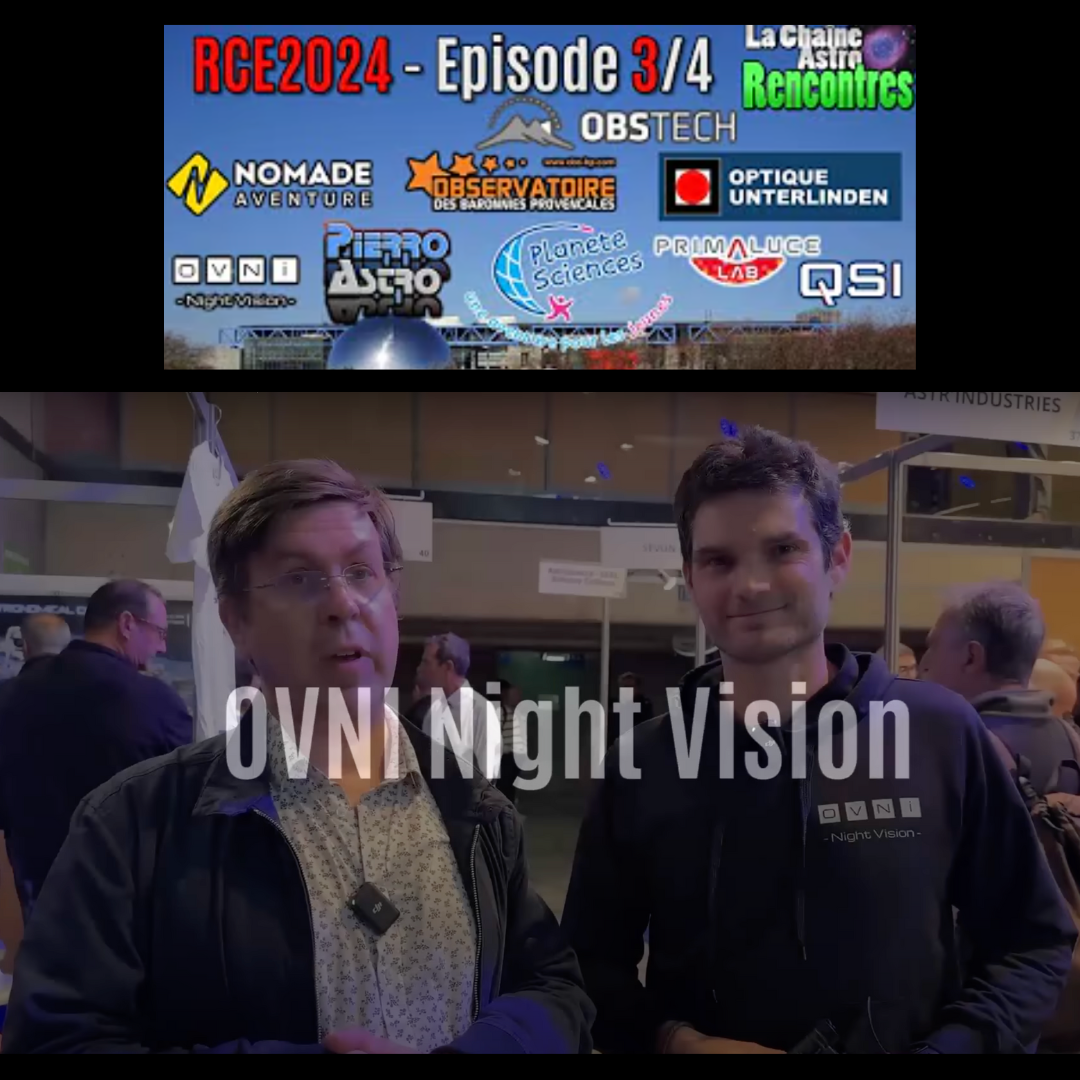
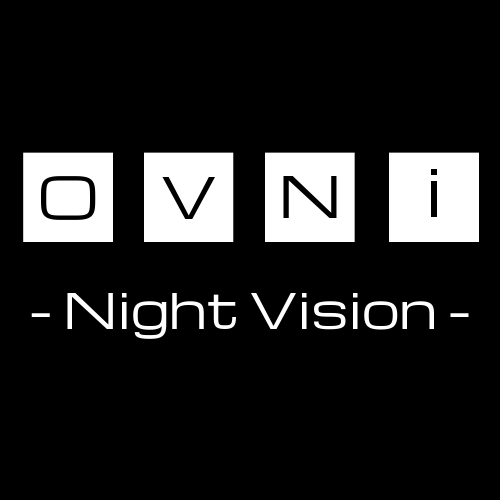
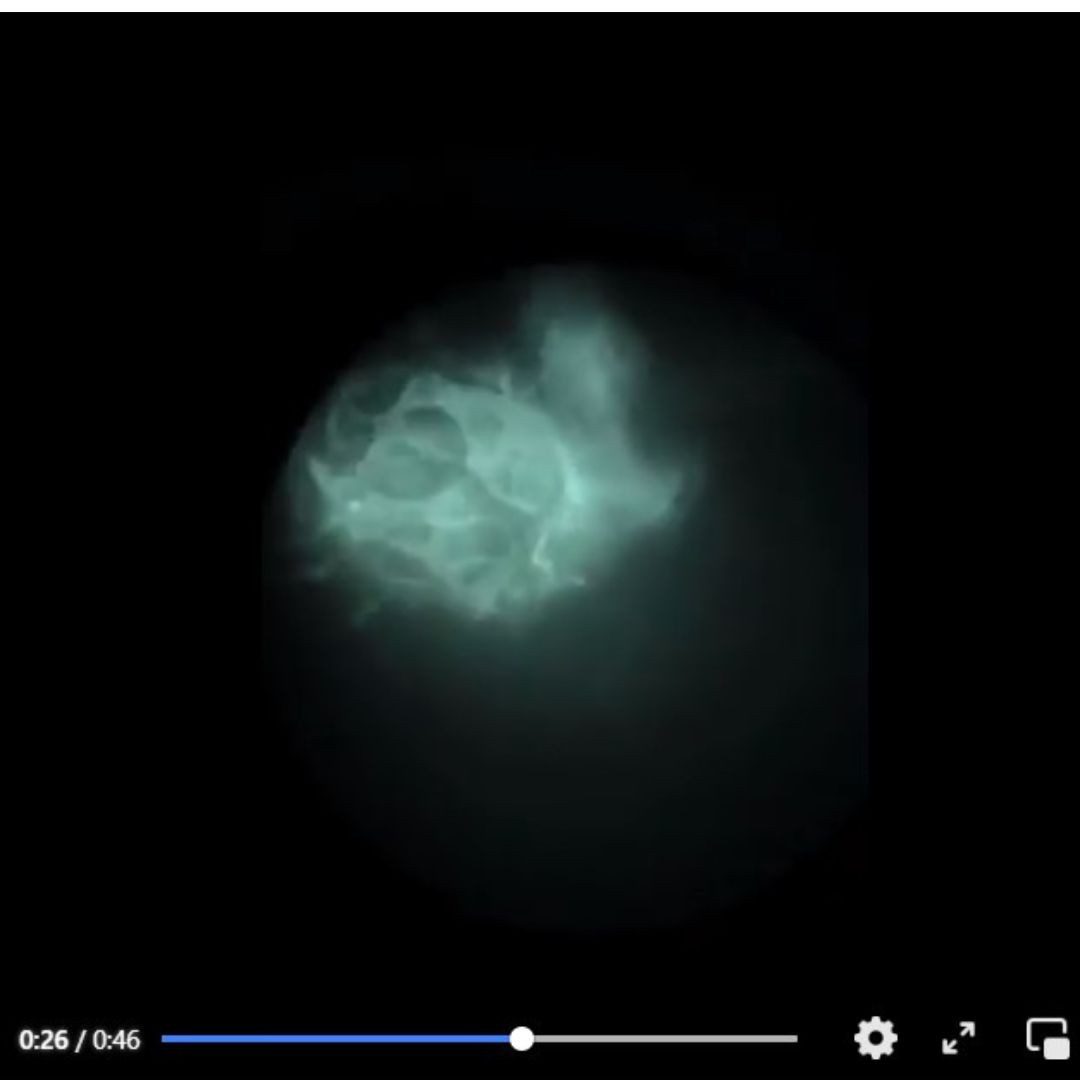
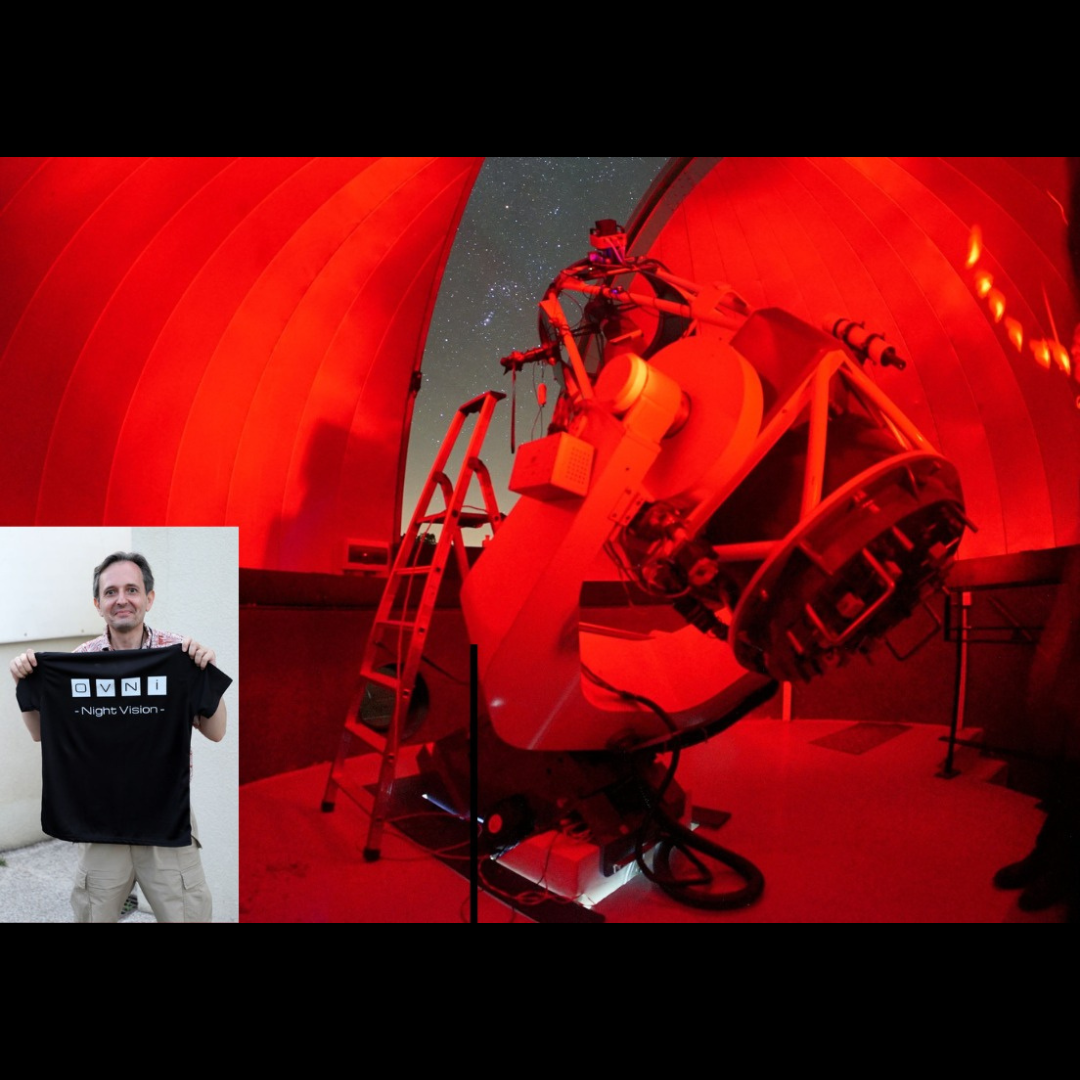
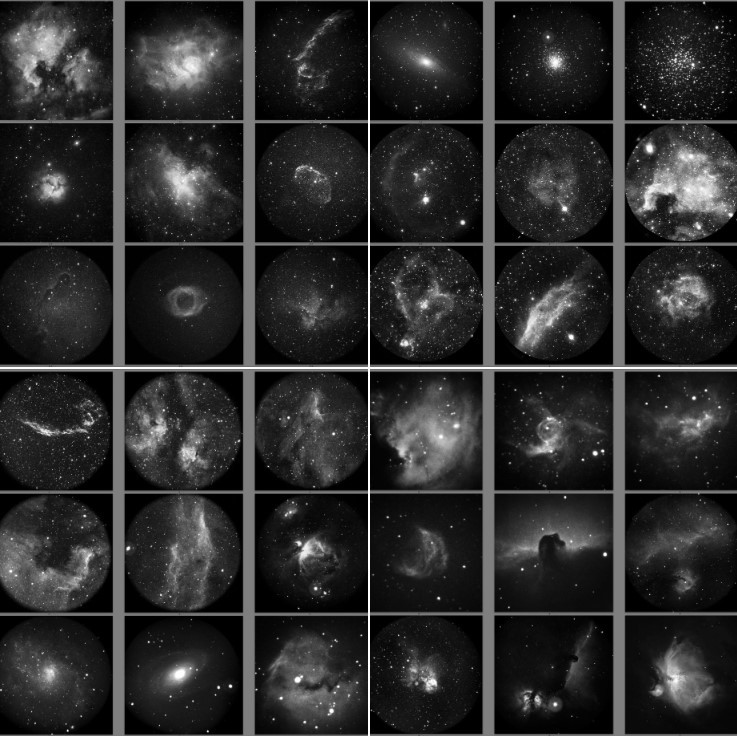

Leave a comment